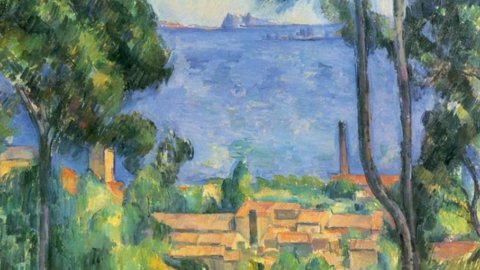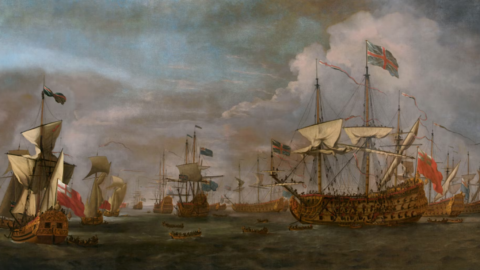The painting remained in Courtauld’s private collection throughout his lifetime and following his generous bequest to the Courtauld Gallery. One of the leading highlights of the Impressionist & Modern Art Evening Sale on 4 February 2015, this magisterial work was painted circa 1883-1885, during one of the last visits that Cézanne ever made to L’Estaque, a fishing port and small seaside resort in his native Provence, where he sought inspiration repeatedly from the mid-1860s. This is a rare example on a vertical canvas of Cézanne’s treatment of this iconic motif; the format lends the composition stately dignity and remarkable concentration of colour and form.
Jay Vincze, International Director and Head of The Impressionist and Modern Art Department, Christie’s London: “The exceptional quality, rarity and freshness of Vue sur L’Estaque et Le Château d’If provides collectors and institutions around the world with a once in a generation opportunity to secure an important and very beautiful masterpiece landscape by Cézanne. Acquired in 1936 by one of the 20th century’s greatest connoisseurs, the inspirational patron of the arts and generous philanthropist Samuel Courtauld, the provenance of this outstanding painting is exemplary. His legacy through the Courtauld Gallery and Institute continues to enrich and inform contemporary culture today and his early recognition of Cézanne’s genius gave rise to the greatest public collection of the artist’s work in Britain. We expect this painting to create great excitement internationally, from discerning buyers – both new and established – across Asia and Russia to Europe and America.”
The splendid panorama – captured in Vue sur L’Estaque et Le Château d’If – from the hilltop above the town, looking over the rooftops toward the bay of Marseille and the distant islands of Frioul, provided the basis for some of the most innovative landscapes of Cézanne’s career, in which he fully realised his goal to “make of Impressionism something solid and enduring like the art in museums.”
The stable and harmonious distribution of forms within the composition, with broad horizontal bands of land, sea, and sky framed by majestic pine trees, is profoundly indebted to the classical landscape tradition of Poussin, which Cézanne used to organise his sensations before nature. At the same time, Cézanne’s constructive transformation of the townscape into an architectural geometry of flat, overlapping planes is powerfully modern, as the next generation of the avant-garde would recognise. “The discovery of his work overturned everything,” exclaimed Braque, who traveled to L’Estaque repeatedly during the formative years of cubism





